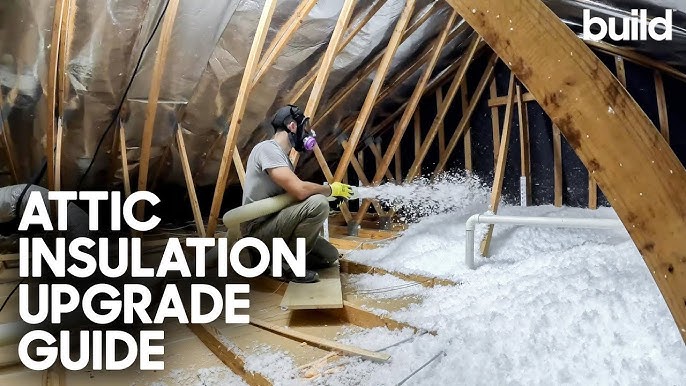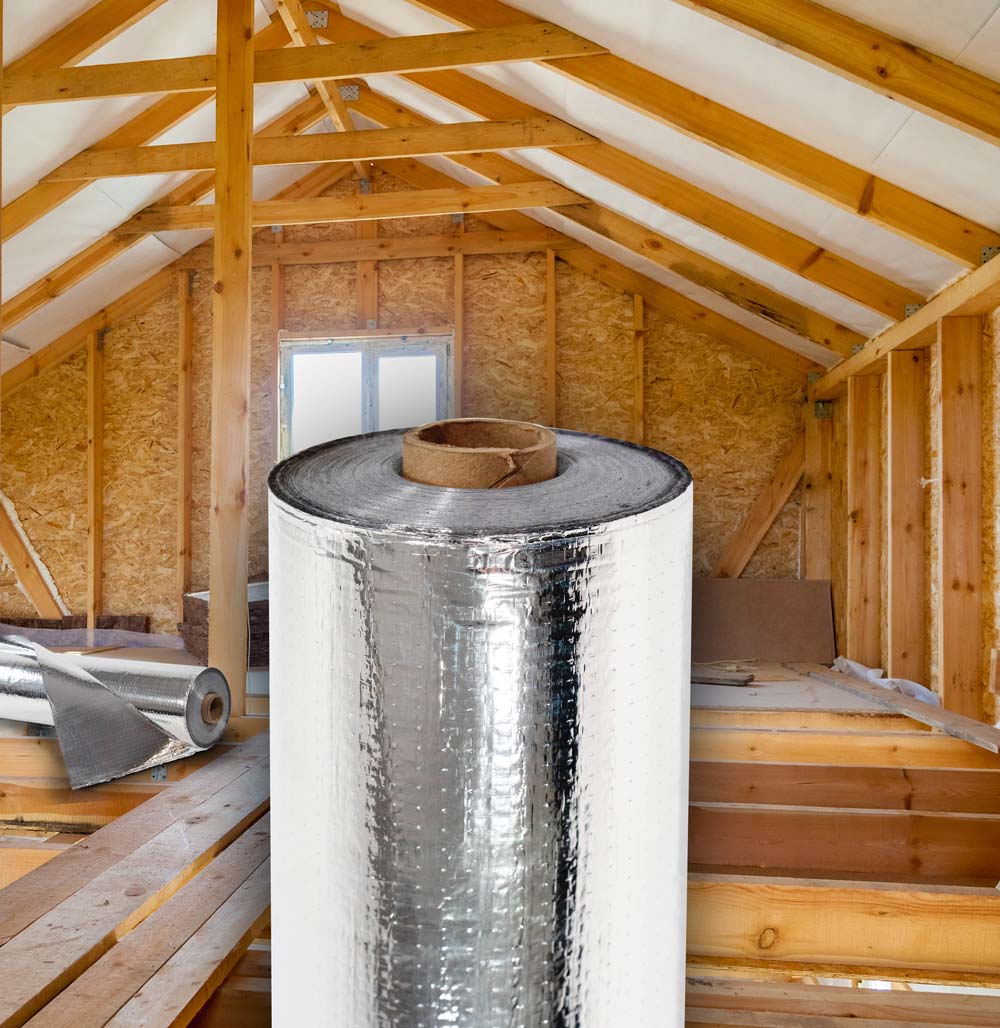Attic Insulation DFW: Increase Your Home's Value and Performance
Attic Insulation DFW: Increase Your Home's Value and Performance
Blog Article
Discover the Different Kinds of Attic Insulation and Their Distinct Benefits for Your Home's Energy Performance

Fiberglass Insulation
Fiberglass insulation is among the most commonly used products for attic room insulation as a result of its outstanding thermal performance and cost-effectiveness. Made up of tiny glass fibers, this product effectively traps air, developing a shielding obstacle that aids keep constant indoor temperatures. Its high R-value per inch makes it specifically reliable at withstanding warm transfer, which is crucial for energy conservation in homes.
Installment of fiberglass insulation is relatively uncomplicated, usually readily available in batts or loose-fill kinds, suiting various attic room arrangements. Furthermore, it is non-combustible and immune to moisture, lowering the threat of mold and mildew development. This toughness contributes to its longevity, making fiberglass a practical long-lasting financial investment for homeowners.
Moreover, fiberglass insulation is commonly produced from recycled materials, which enhances its eco-friendliness. The product can additionally add to soundproofing, reducing sound transfer between areas. While it is important to use protective equipment throughout setup to prevent irritation from the fibers, the general advantages of fiberglass insulation, including power savings and environmental considerations, make it a prominent selection for boosting attic performance and advertising a comfy living atmosphere.
Spray Foam Insulation
Spray foam insulation is a highly effective alternative for attic insulation, recognized for its exceptional air sealing and thermal performance. This cutting-edge insulation product is made up of a mix of isocyanate and polyol material, which, when incorporated, broadens quickly to fill spaces and tooth cavities in the attic room room. Its capacity to abide by different surface areas ensures a constant obstacle against air leaks, substantially lowering heat loss during cooler months and heat gain throughout warmer periods.
One of the essential advantages of spray foam insulation is its high R-value per inch, which suggests it provides outstanding thermal resistance in a fairly slim application. This is specifically useful in attic rooms where room is typically limited. In addition, spray foam can help reduce wetness accumulation, minimizing the danger of mold and mold growth, which can be damaging to both the structure and interior air quality.
While the preliminary expense of spray foam insulation might be greater than traditional options, its long-lasting energy financial savings, coupled with boosted comfort and improved home value, make it a worthwhile financial investment for house owners looking for improved energy performance. Attic Insulation DFW. On the whole, spray foam insulation stands out as an efficient option for enhancing attic insulation
Cellulose Insulation

Cellulose insulation is a prominent option for attic insulation, mainly composed of recycled have a peek at this site paper items treated with fire retardants. This eco-friendly alternative is recognized for its exceptional thermal efficiency, successfully decreasing warm transfer in both summer and cold weather. The dense composition of cellulose enables it to fill up gaps and voids in attic rooms, offering a smooth barrier versus air leakages.
One of the significant advantages of cellulose insulation is its capability to resist mold and parasites, owing to the fire resistant therapies utilized during production. Additionally, it boasts a high R-value per inch, which translates into exceptional power effectiveness. Property owners can anticipate lower heating and cooling expenses as an outcome of boosted insulation.
Installment is commonly completed via blowing loose cellulose into the desired location, permitting a efficient and fast process. This method also reduces disruption to the existing framework. Cellulose insulation has a fairly go low ecological influence, as its manufacturing process makes use of recycled products, adding to lasting structure techniques.
Rock Woollen Insulation
Among the different alternatives for attic insulation, rock wool, also referred to as mineral woollen, stands out as a result of its excellent thermal and acoustic efficiency. Made from natural or recycled materials, rock wool is created by thawing rock and spinning it right into fibers, leading to an item that supplies exceptional insulation buildings.
Among the significant advantages of rock woollen insulation is its high R-value, which suggests its effectiveness in withstanding warmth circulation. This particular not only improves energy effectiveness however additionally adds to preserving a comfy interior temperature level year-round. Furthermore, rock woollen is inherently fireproof, making it a much safer alternative for homes as it can withstand high temperatures without melting or releasing hazardous fumes.
In addition, rock wool insulation stands out in soundproofing capabilities, effectively minimizing sound transmission between spaces and from outdoors resources. Generally, rock wool insulation offers a comprehensive option for boosting energy performance, security, and comfort in property settings.
Radiant Barrier Insulation
Radiant obstacle insulation acts as an efficient remedy for decreasing heat transfer in attics, especially in warmer environments. This sort of insulation works by mirroring induction heat away from living rooms, thereby decreasing the quantity of heat that enters a home throughout heat - Attic Insulation DFW. Typically composed of an extremely reflective material, such as light weight aluminum foil, glowing barriers are installed in attics, encountering the roofing system, where they can intercept incoming warm from the sunlight
The main benefit of glowing barrier insulation is its capability to lower cooling costs. By mirroring warm instead of absorbing it, glowing barriers can aid preserve a more steady indoor temperature level, lowering the workload on cooling systems. This efficiency equates right into reduced power expenses and raised convenience for home owners.
In addition to power savings, glowing barriers click here to find out more can likewise add to enhanced indoor air high quality. By decreasing warmth build-up, they help decrease humidity levels, which can avoid mold growth and improve overall air blood circulation. When installed correctly, radiant barrier insulation can be an invaluable enhancement to any kind of energy-efficient home, making it a deserving consideration for house owners looking to improve their attic insulation strategy.
Conclusion
In conclusion, comprehending the numerous kinds of attic insulation-- fiberglass, spray foam, cellulose, rock wool, and radiant obstacles-- enables home owners to make enlightened choices regarding power efficiency. By choosing the proper insulation material, considerable reductions in power expenses can be attained, along with improvements in interior convenience.

In final thought, comprehending the various kinds of attic insulation-- fiberglass, spray foam, cellulose, rock wool, and radiant barriers-- makes it possible for house owners to make educated decisions relating to energy performance.
Report this page